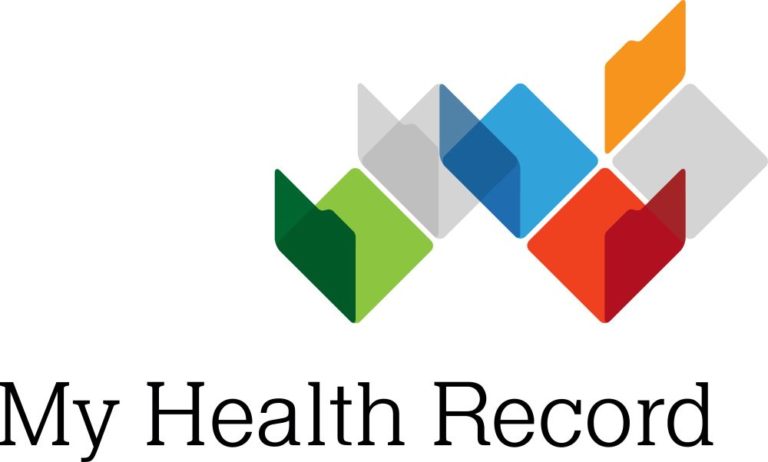[vc_row][vc_column][vc_column_text]In Australia, about 6 babies are stillborn every day, and two die in the neonatal period within 28 days of birth, due to congenital anomalies which account for almost a third of all perinatal deaths.
Rates of perinatal death have remained relatively constant since 1997. Rates of stillbirths among Indigenous women, while decreasing, are still at an alarming rate compared to other demographics.
Last year Labor Senator for NSW, Kristina Keneally, was moved to tears when discussing the Stillbirth Research and Education Report, which she said would be “part of the legacy” of those children who had been lost and their brave parents who had to endure that loss.
Australian Institute of Health and Welfare (AIHW) spokesperson, Dr Fadwa Al-Yaman, said ongoing monitoring of perinatal deaths could help build the evidence-base to drive better outcomes.
“The report provides valuable information to enable effective policy, practice and services for mothers and babies,” Dr Al-Yaman said.
The AIHW said it was also working to improve the quality of data around the contributing factors to stillbirths.
Minister for Health, Greg Hunt, said reducing the rate of stillbirth in Australia, including providing the best possible support services for families living with the tragedy of stillbirth, is a priority for the Morrison Government.
“We understand the importance of this issues not only for the women affected, but for their partners, families and the broader community,” Mr Hunt said.
Red Nose Australia CEO, Keren Ludski, welcomed the Government’s funding announcement and commended the Government for accepting all recommendations in the Senate Select Committee on Stillbirth Research and Education Report.
“The stillbirth rate in Australia is six a day – that’s one baby every four hours. Enough is enough – it’s time we made reducing stillbirth a national priority,” Ms Ludski said.
“Red Nose Day on Friday 9 August will have a significant focus on raising awareness and funds for stillbirth research, with a goal of reducing stillbirth by 20 per cent over the next three years – equalling 500 little lives saved, and I urge all Australians to get involved by buying a red nose or making a donation,” she said.
The recommendations accepted by the Federal Government include:
- Developing a National Stillbirth Action and Implementation Plan
- Investing in stillbirth research
- Developing best practice and culturally appropriate resources, and
- Working with States and Territories to make improvements in key areas including improving national perinatal mortality data collections, improving access to publicly funded stillbirth autopsies, building the perinatal pathology workforce, developing more culturally and linguistically appropriate models of care, bereavement support and protocols for public hospitals and community health services.
You can download the Federal Government’s response to the Stillbirth Research and Education Report here.[/vc_column_text][/vc_column][/vc_row]




